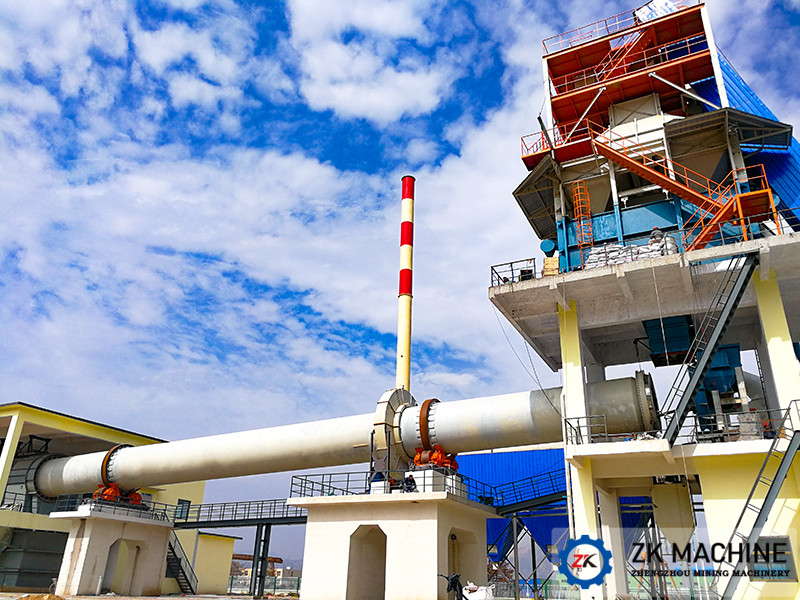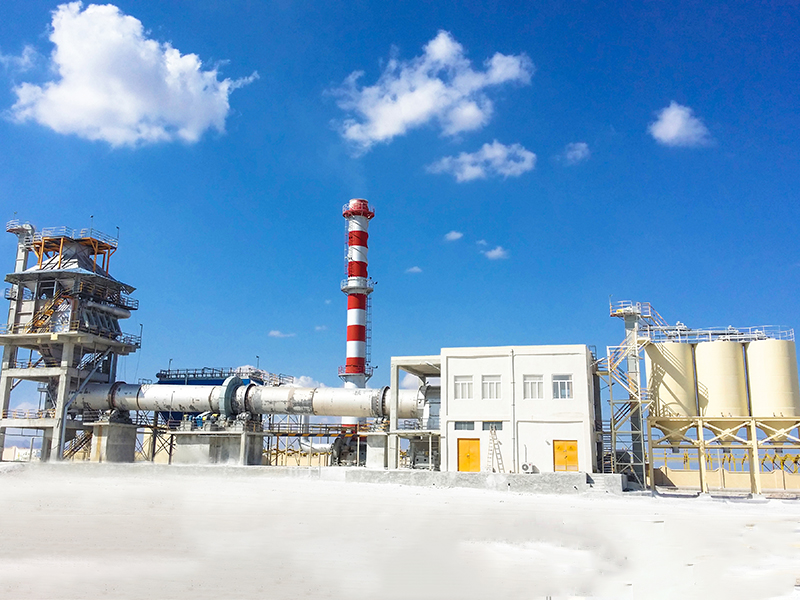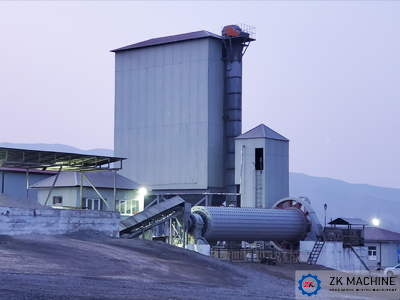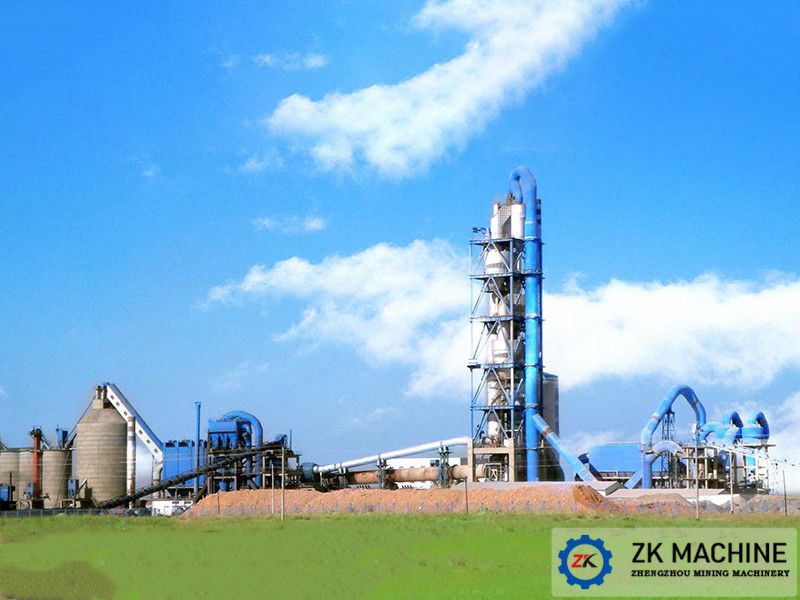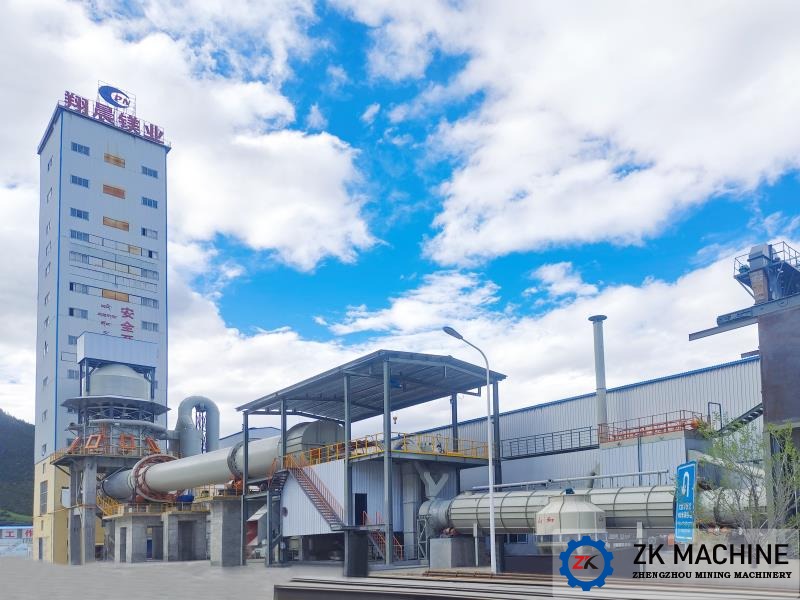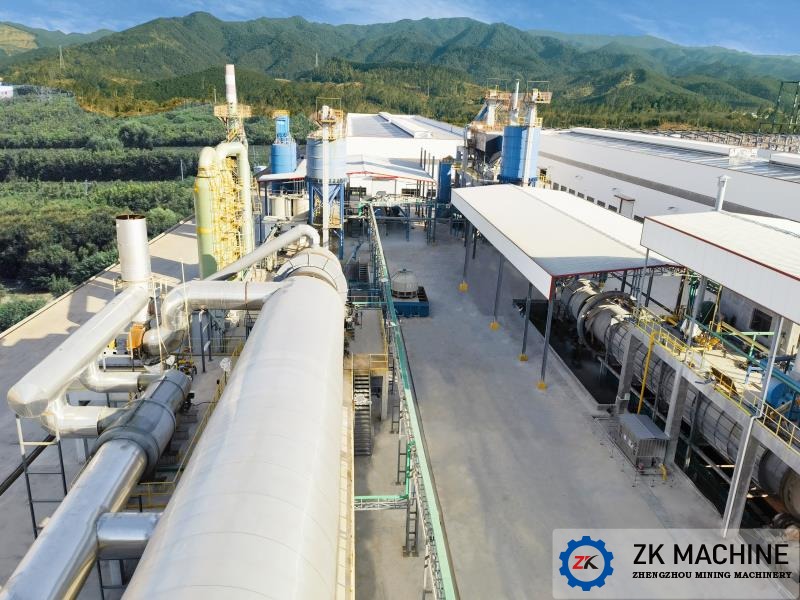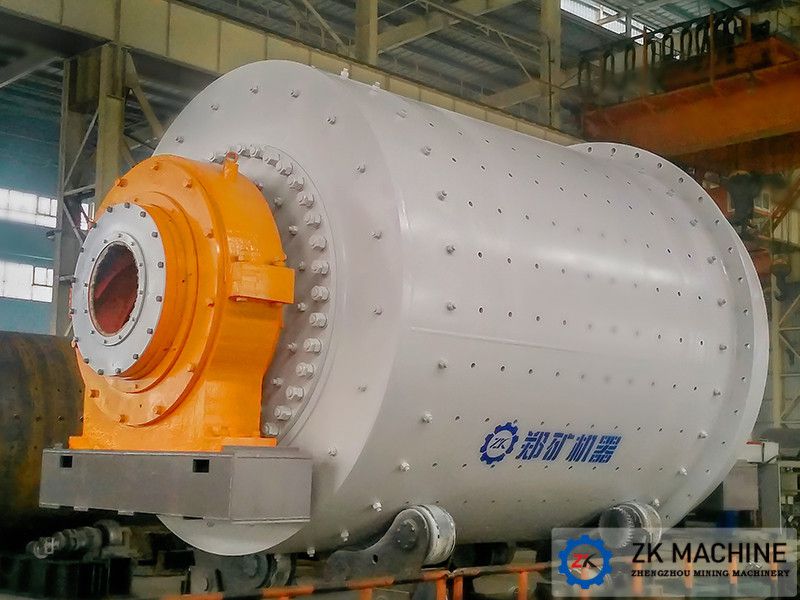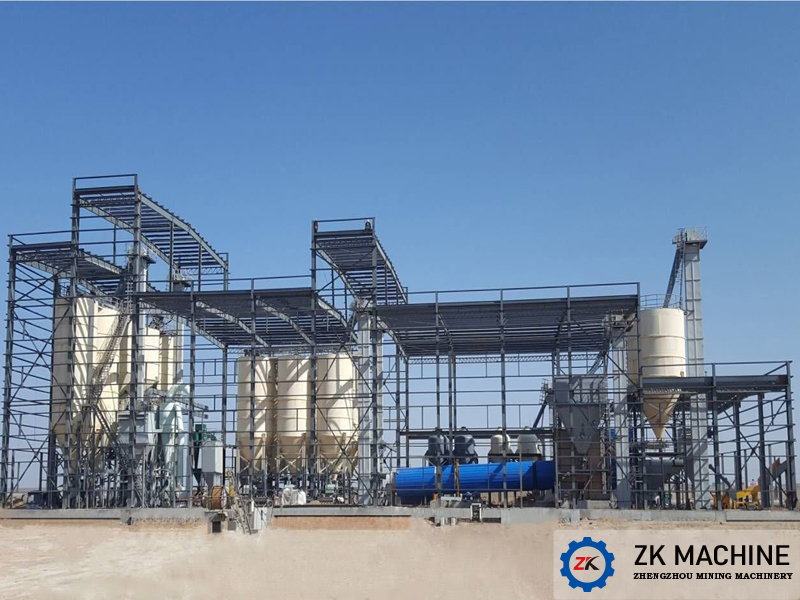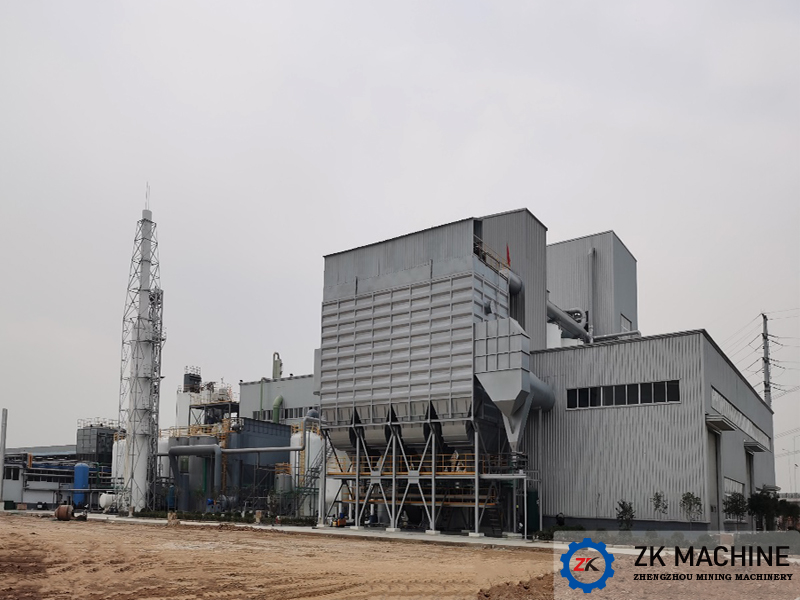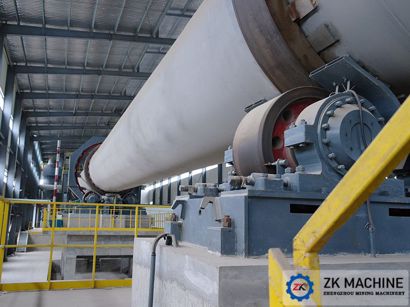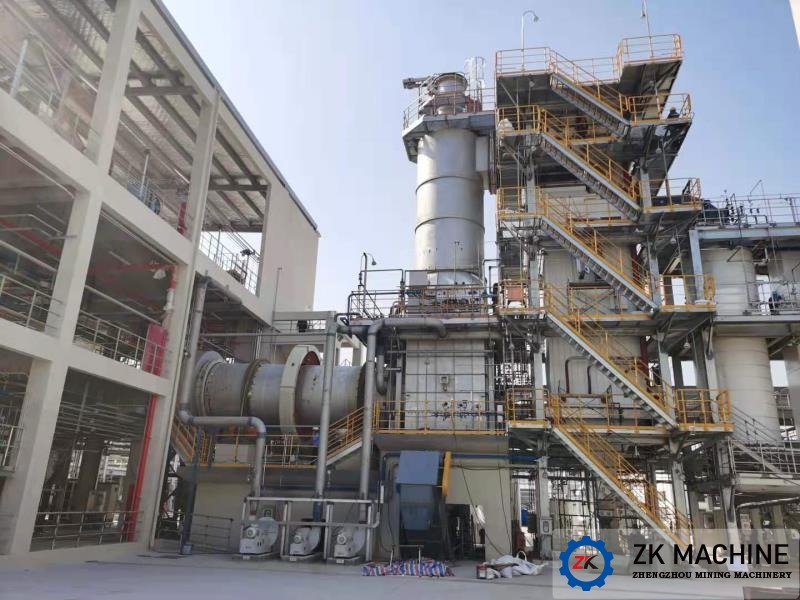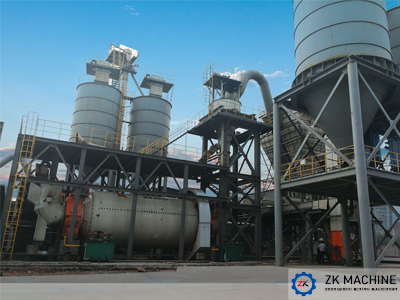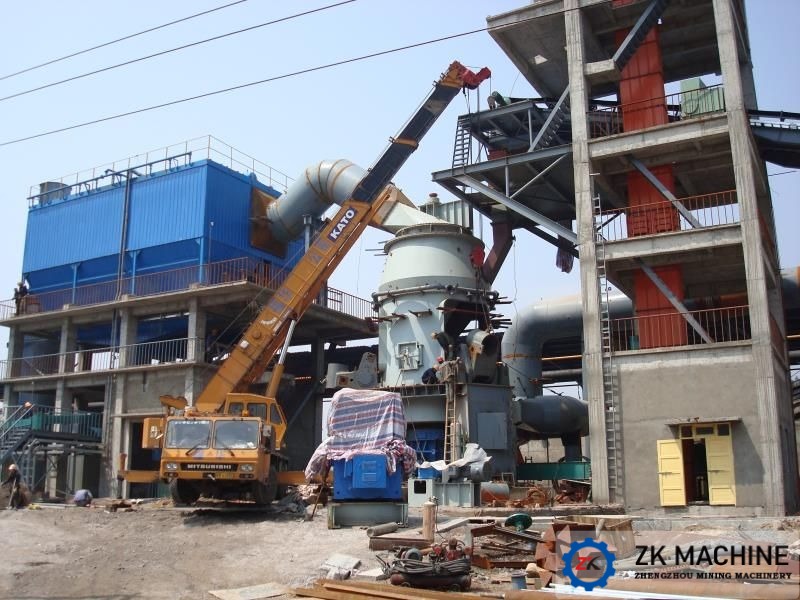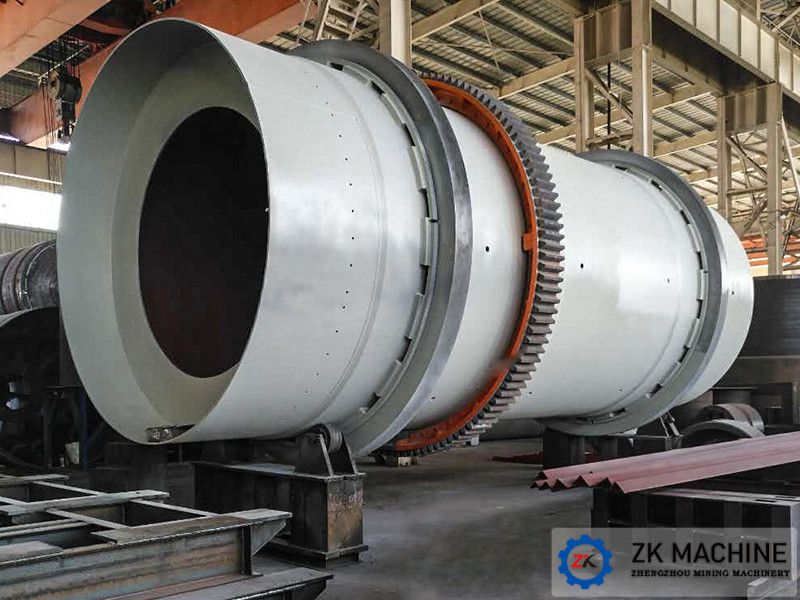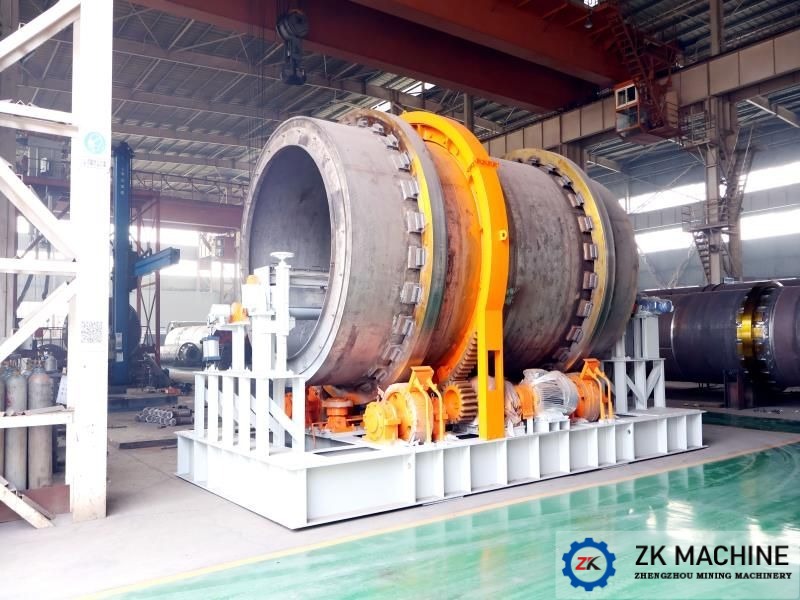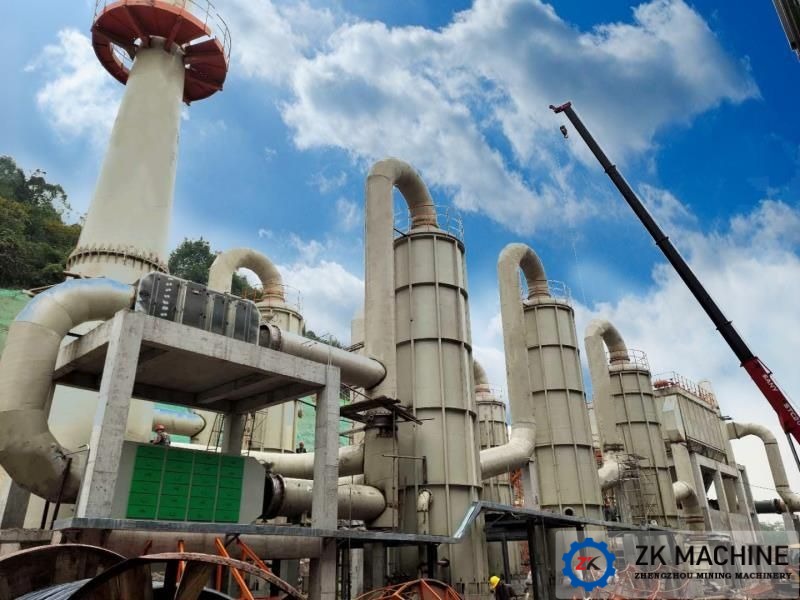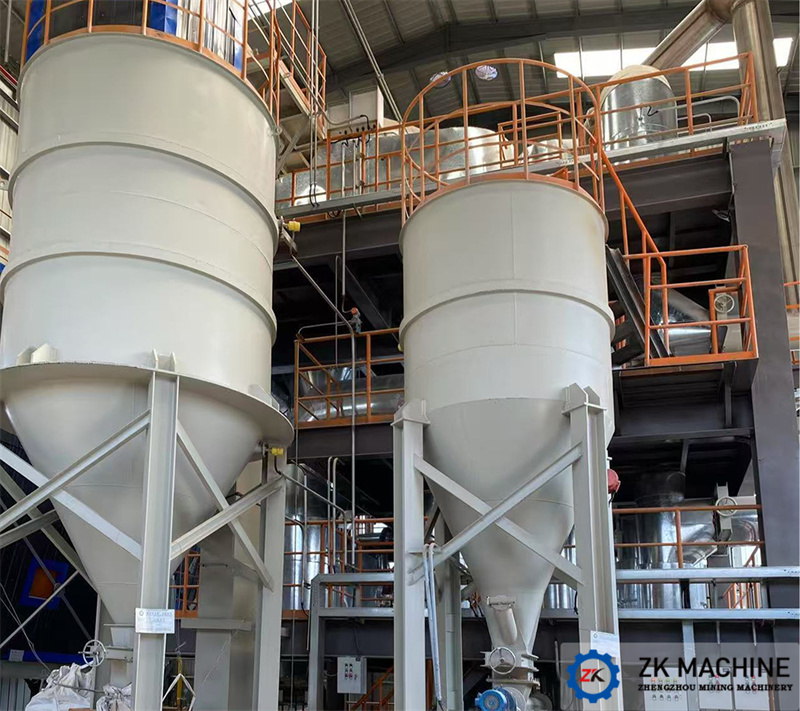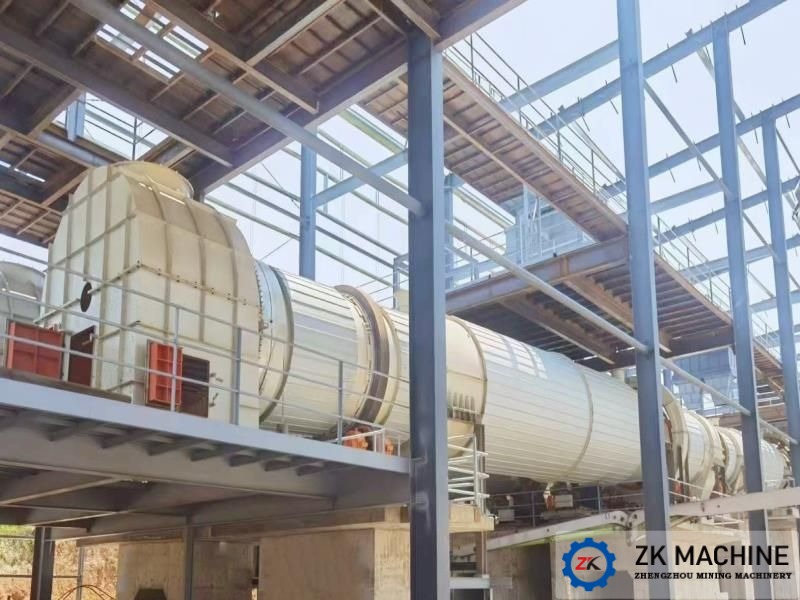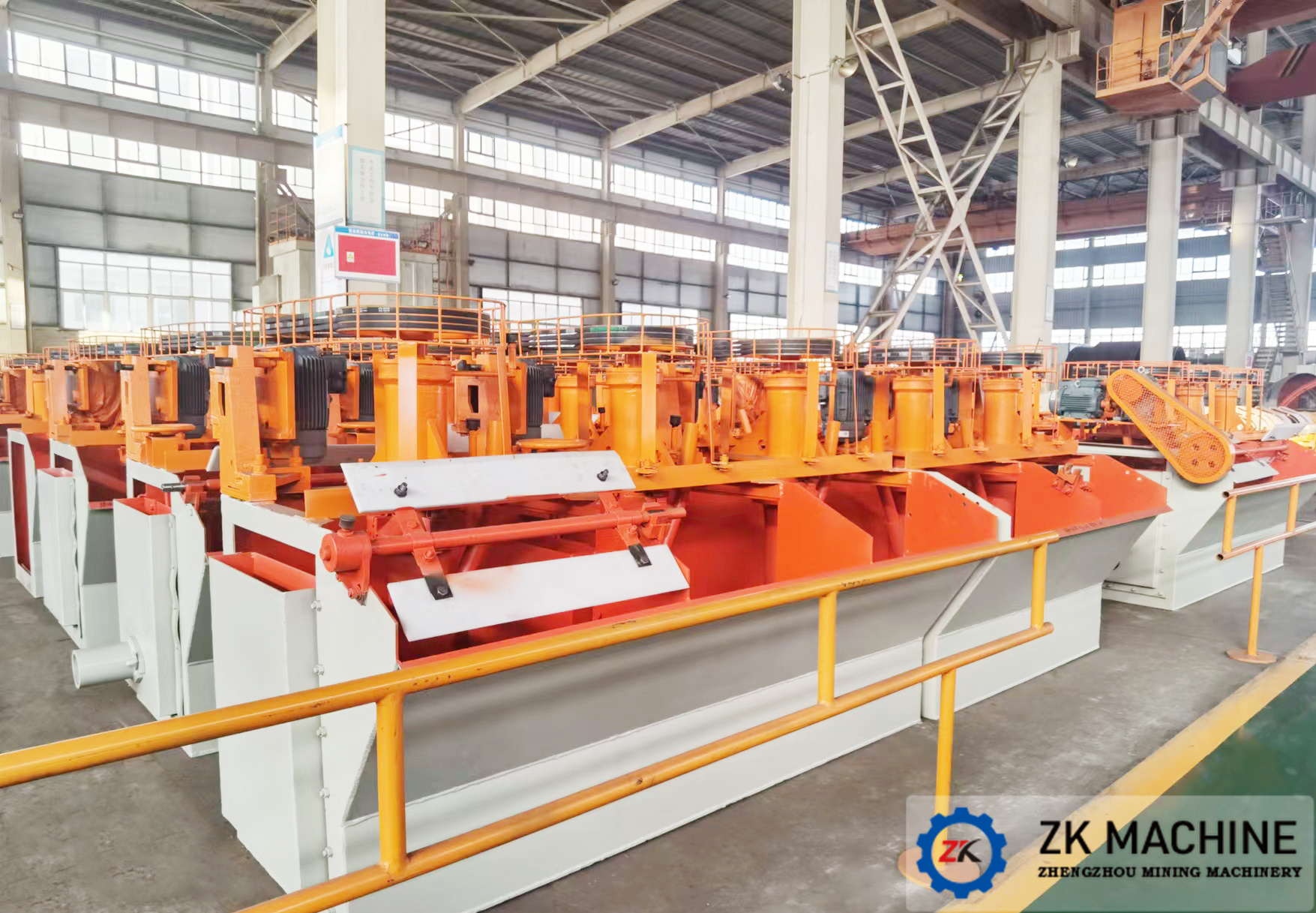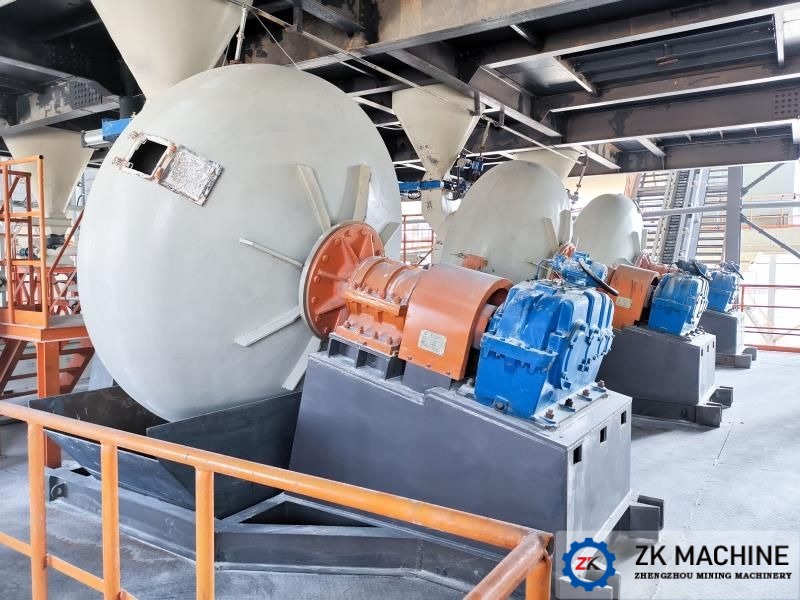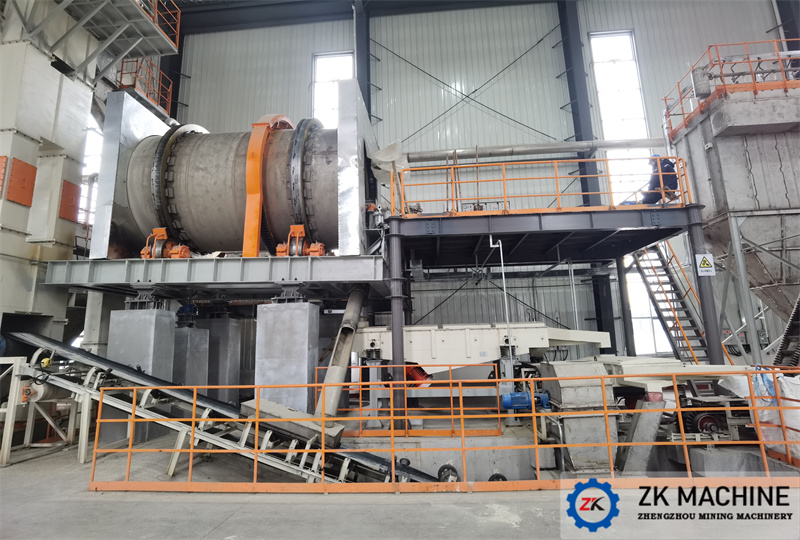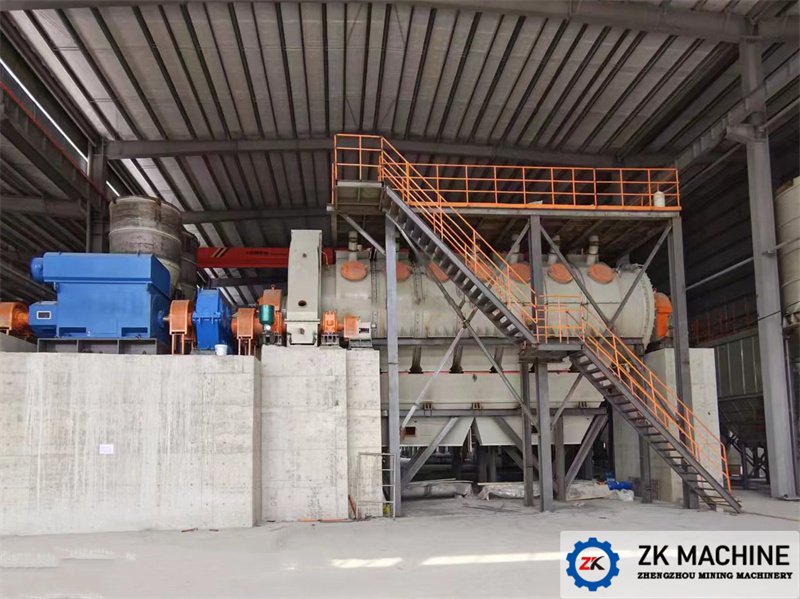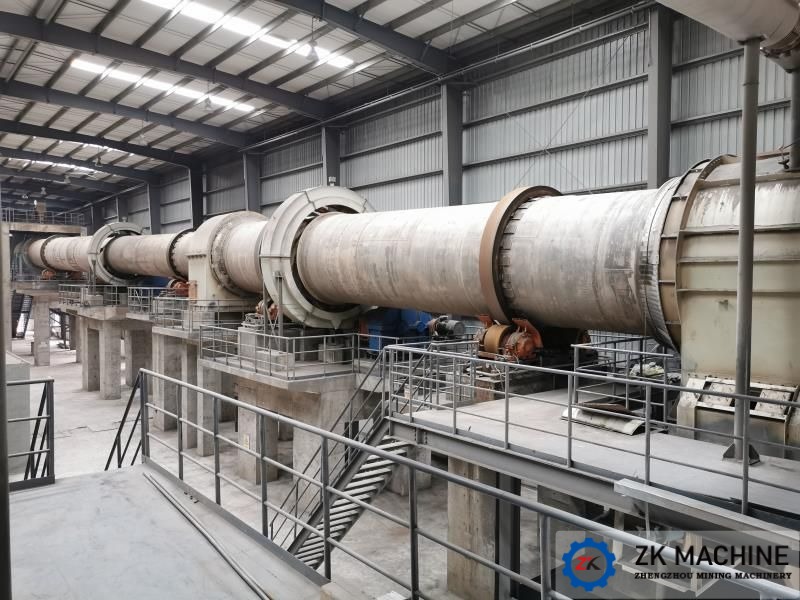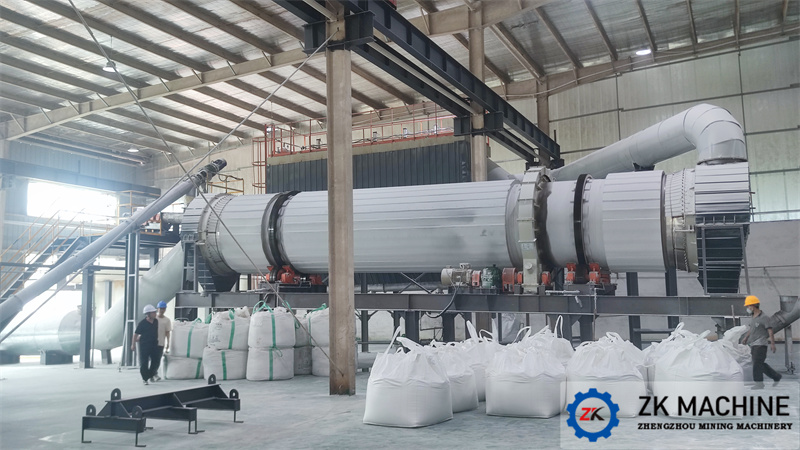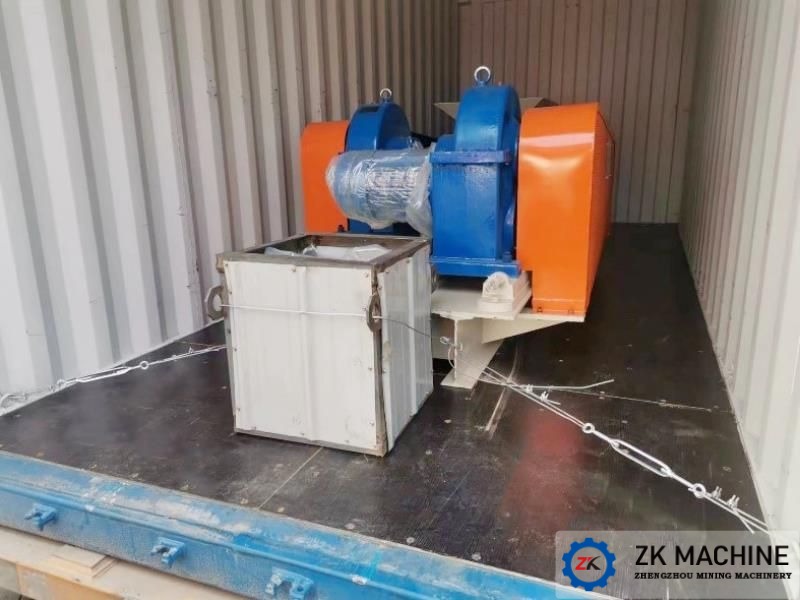Guidelines for the Pre-heating a Rotary Kiln
1. Kiln Drying Preparation
To ensure a safe and smooth kiln drying process, the following preparations must be completed before ignition:
System Inspection: Check the entire firing system to confirm that all equipment is in a state of continuous operation.
Kiln and Preheater Inspection: Carefully inspect the interior of the preheater and rotary kiln, inspect the refractory bricks one by one, and retighten them to prevent loosening. Remove all debris from the kiln.
Instrument Calibration: Ensure that the temperature and pressure monitoring instruments within the system are functioning properly and that the data is accurate and reliable.
Fuel Preparation: The kiln head pulverized coal silo should contain a sufficient amount of pulverized coal that meets quality requirements (moisture content, fineness, calorific value, and other indicators). The coal mill system should be ready for startup at all times to ensure a continuous supply of pulverized coal.
Ventilation and Combustion System Inspection: Open the cooler inspection door, which serves as the air intake for combustion gases during kiln drying. The coal injection pipe and other pipelines should be unobstructed, well-sealed, and flexible. Sealing and Positioning: Check and improve the seals of all parts of the preheater; measure the kiln shell's deflection, determine the initial position, and record it.
Ignition Material Preparation: Transport firewood to the kiln entrance and stack it as required; prepare diesel fuel, cotton yarn, and other ignition materials. Operators must wear all necessary labor protection equipment and implement safety precautions.
2. Rotary Kiln Drying Methods
Depending on the kiln type, there are two main methods for drying the kiln:
1) Dry Preheater Kiln
Drying Time: Approximately 3 days (72 hours)
Operation: Ignite the ignition in stages, starting from the kiln tail toward the kiln head:
First fire: Located at the kiln tail retaining ring, primarily used to dry the preheater;
Second fire: Located in the middle of the kiln, drying the refractory bricks at the rear of the kiln.
Third fire: Located in the cooling zone, drying the refractory bricks in the front half of the kiln.
2) Wet Kiln
Drying Time: 8-16 hours
Operation:
Ignition is performed using direct coal powder injection to dry the refractory bricks in the kiln. Heating Requirements:
The temperature should be raised gradually from low to high. Sudden increases in the kiln tail temperature are strictly prohibited.
In the initial stage, coal consumption should be minimized, and the principle is to prevent the fire from being extinguished.
During the first 8 hours, the kiln tail temperature should be kept below 150°C.
During the entire kiln drying process, the tail temperature should not exceed 200°C.
Auxiliary Measures: Rotate the kiln slowly (1/4 turn every 30 minutes) to prevent deformation of the kiln and ensure uniform heating of the refractory bricks.
3. Rotary Kiln Drying Operation Steps
1)Firewood Drying Stage
Firewood Stacking Method: Stack firewood in a "#" shape approximately 2 meters from the kiln tail, with a height of approximately 2/3 of the kiln's effective inner diameter.
After ignition, gradually add firewood to raise the mixing chamber outlet temperature to 200°C.
According to the heating curve, advance the stack approximately every 5 meters.
After each stack of firewood is burned out, rotate the kiln 1/4 turn.
When the firewood reaches the kiln entrance, continue adding fuel through the kiln door cover.
During this stage, the kiln should rotate slowly 1/4 turn every 30 minutes.
Note: If the pulverized coal flame is unstable, intermittent kiln rotation may be used temporarily, but the single dwell time should not exceed 30 minutes to prevent deformation of the kiln.
Heating Range(℃) | Heating Rate(℃/h) | Fuel Type | Time(h) | Reference Temperature |
20 ~ 200 | 15 | Firewood | 12 | Mixing chamber outlet temperature |
200 | Insulation | Firewood | 20 | Mixing chamber outlet temperature |
200 ~ 300 | 20 | Firewood | 10 | Kiln inlet temperature |
300 | Insulation | Firewood | 16 | Firing zone/Kiln inlet temperature |
300 ~ 500 | 25 | Firewood | 8 | Kiln inlet temperature |
500 | Insulation | Firewood | 4 | Kiln inlet temperature |
500 ~ 700 | 30 | Firewood | 3 | Kiln inlet temperature |
800 ~ 900 | 30 | Firewood | 2 | Kiln inlet temperature |
Note: When the kiln tail temperature reaches above 300°C, switch to pulverized coal combustion if conditions permit.
3) Pulverized Coal Kiln Drying Stage
Fan Operation:
Gradually open the high-temperature fan and the inlet damper on the bag filter exhaust fan to establish stable ventilation.
Combustion Control:
Use a long flame for stable combustion to avoid short, rapid flames that can cause local overheating.
Control the quantity of coal to ensure combustion and eliminate black smoke.
System Connection:
Connect the pneumatic lift pump discharge pipe to the preheater connection pipe.
Install a drainage device in the lift pump and assign a dedicated person to monitor and record.
Kiln Drying Status Assessment:
Observe the surface temperature and moisture concentration of the refractory bricks in the kiln to assess the baking progress.
Ensure the dehydration of the refractory material to prevent cracking or spalling during subsequent production.
4. Kiln Drying Precautions After Temporary Shutdown
When a rotary kiln is temporarily shut down for an extended period, kiln drying measures must be implemented to maintain the kiln temperature and prevent flameout.
The following precautions should be taken during operation:
Preheating the kiln:
While the kiln is still cool, use the auxiliary drive to tilt the kiln body, transferring the red-hot clinker to the top to facilitate ignition of the pulverized coal.
Ventilation Control:
Open the exhaust damper appropriately to ensure the flame can penetrate the kiln smoothly.
Coal Feed Control:
Initially, a small amount of coal should be added to prevent intense combustion, which can cause backfire and backfire, and cause the kiln lining to fall off.
Combustion Management:
Properly control the quantity of coal to ensure complete combustion and avoid the generation of black smoke.
Temperature Control:
The kiln temperature must not exceed the normal production range.
Using the Auxiliary Drive:
It is recommended to use the auxiliary drive to tilt the kiln to facilitate control of the kiln speed and dwell time.
Ending the Kiln Drying:
Once the kiln temperature returns to normal and combustion stabilizes, the kiln drying operation can be stopped, and normal production can resume. Tip: Kiln drying is a critical step in the start-up and shutdown process of a rotary kiln, directly affecting the life of the refractory material and system safety. Be sure to strictly follow the heating curve and avoid rapid heating or temperature runaway.


